The Mechanical Reasoning Practice module trains you to think like an engineer understanding how forces act, how systems interact, and how small mechanical changes produce large effects. Each test includes nine multiple-choice questions that evolve as you progress. You’ll interpret diagrams, apply physical laws, and predict mechanical outcomes under different conditions. No stopwatch ticking, no pressure, just clear visual problems and instant feedback to help you learn efficiently.
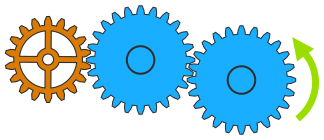
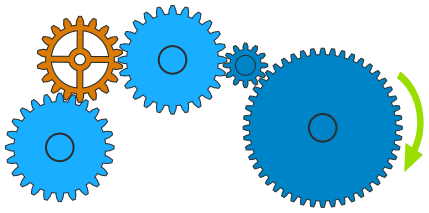
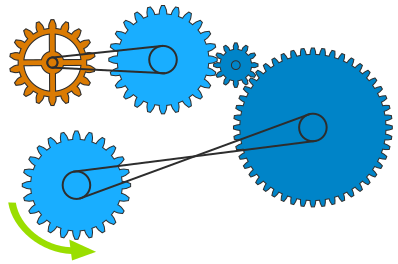
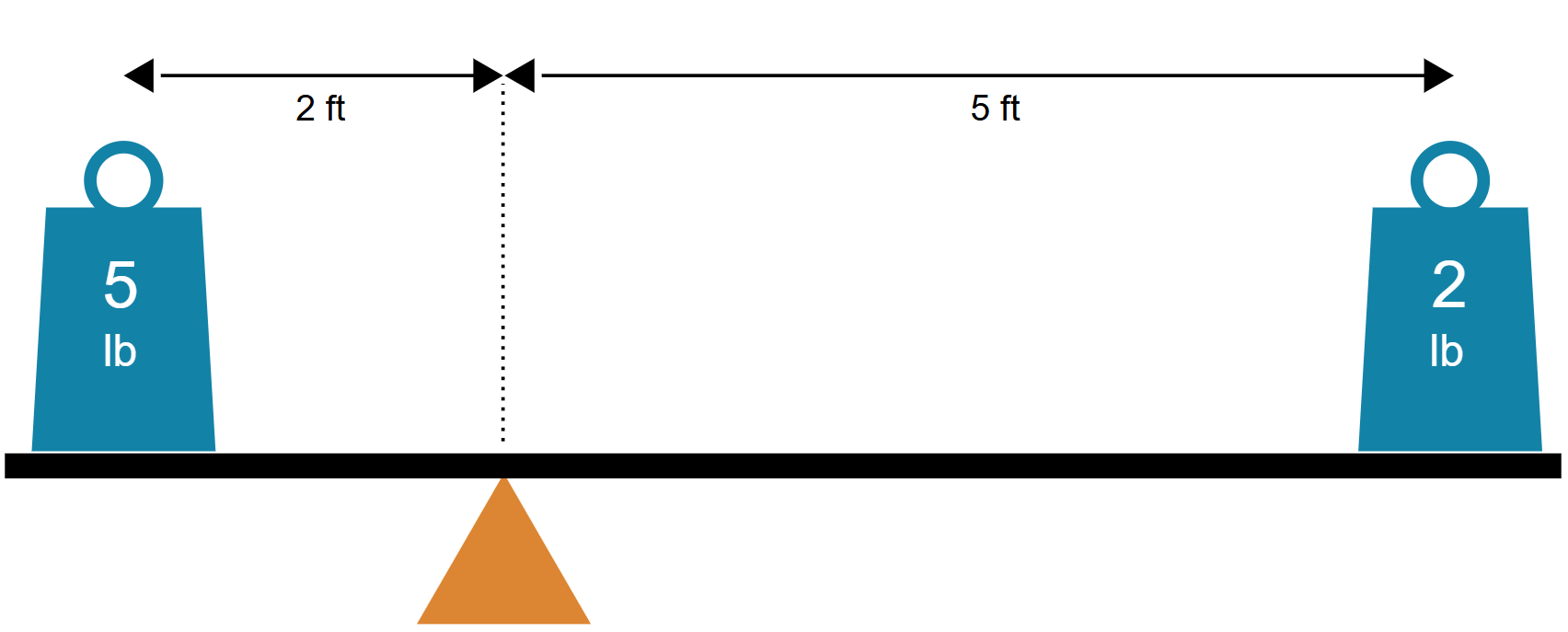
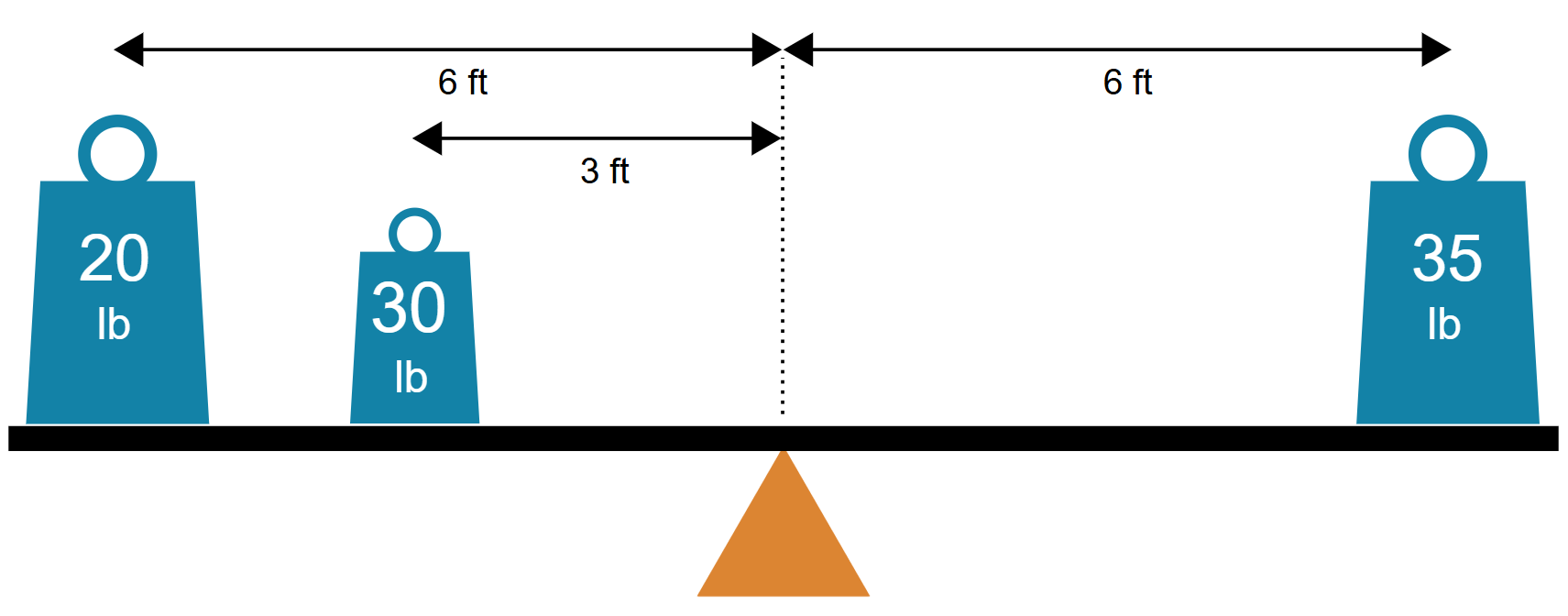
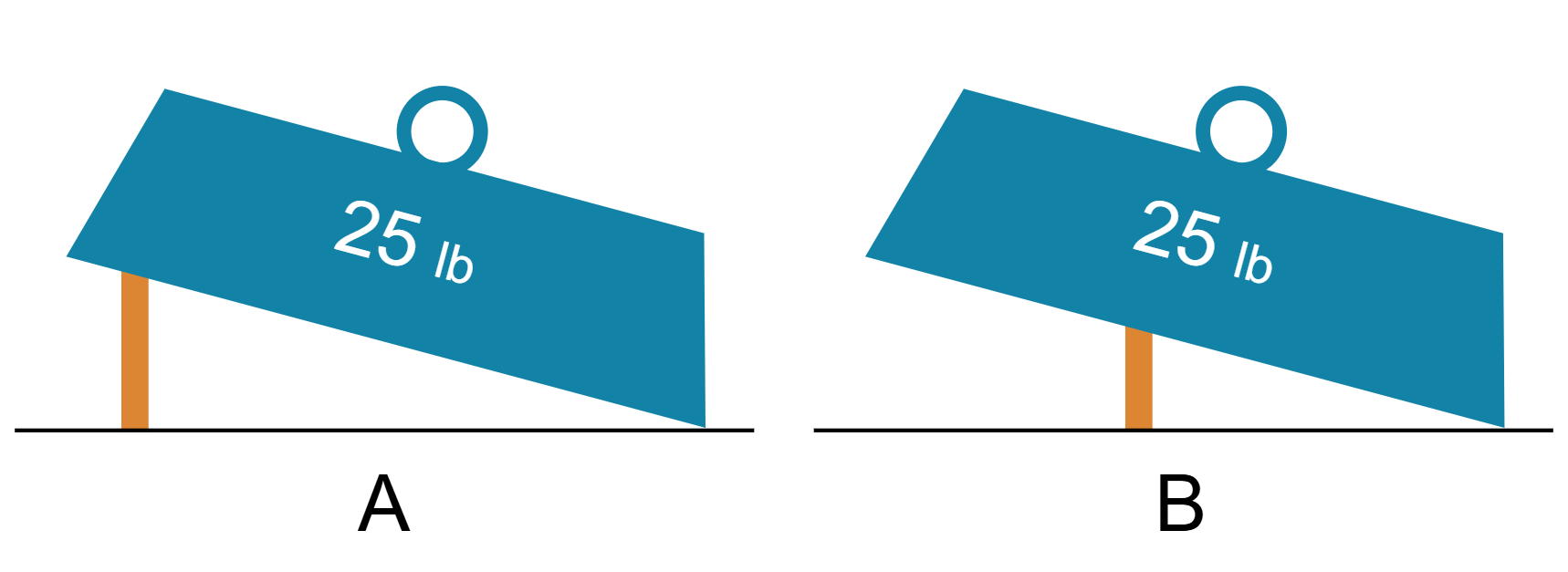

Each question presents a simple diagram of a machine, mechanism, or tool. You’ll analyze how motion, weight, or force affects the system’s behavior. Expect to face challenges involving torque, pressure, rotational direction, or energy transfer.
As you answer, the system adapts dynamically starting with fundamental single-principle items (like lever balance) and moving to compound-mechanism reasoning (such as linked pulley systems or gear trains). Once submitted, your result appears instantly with a short animated explanation of the correct process. The test is untimed, but most participants finish within 10–15 minutes. A notepad is recommended for quick sketches or force direction notes.
You’ll see your total score immediately, such as “7/9 | 78% accuracy.” Your performance is then broken down by concept: motion, mechanical advantage, rotational systems, and pressure dynamics. Each explanation includes a clear diagram showing the correct solution path and a short reasoning note — for example, “Gear B turns clockwise because Gear A turns counterclockwise on the same plane.” Accuracy determines difficulty progression in your next attempt, helping you identify areas that need focus.
Unlimited retakes are available, and each session generates new mechanical diagrams. You can register for a free account to save progress and view skill trends (e.g., “Force balance: +20% improvement in 5 days”). Guest mode wipes all data automatically after exit.
All questions are scored objectively using deterministic rule-matching — there’s no partial credit. The adaptive difficulty curve is built on two-parameter IRT modeling with over 60,000 prior responses, ensuring balanced difficulty and fairness. The test serves diagnostic and training purposes only and does not provide percentile rankings or certificates.
Mechanical reasoning measures applied physics and spatial logic — how well you can visualize and predict real-world mechanical processes. It reveals how quickly and accurately you understand cause-and-effect relationships between components.
You’ll practice:
This skill set translates directly into improved problem-solving performance for roles in engineering, aviation, robotics, manufacturing, and technical analysis.
Mechanical reasoning is widely used in recruitment by companies like Siemens, Rolls-Royce, Tesla, and Boeing. It also correlates strongly with real-world technical aptitude, a reliable predictor of how quickly you can master machinery, tools, and physical workflows. Beyond professional tests, it enhances general analytical ability and strengthens mental visualization of cause-effect systems — a vital skill for both engineers and strategists alike.
Start by reviewing core physical laws leverage, torque, and mechanical advantage. Then progress to compound systems and energy transfer models. The final stage involves timed drills for fluency and confidence under pressure. By repeating and analyzing feedback diagrams, you’ll develop a near-instinctive sense of motion prediction.
The practice platform collects no personal data unless you log in voluntarily. All responses are encrypted and used only to refine fairness and item clarity. The interface supports high-contrast and keyboard-only navigation for full accessibility compliance.
Start your Free Mechanical Reasoning Practice now — 9 adaptive mechanics puzzles, instant feedback, and infinite variations to build your hands-on logic and real-world problem-solving strength.